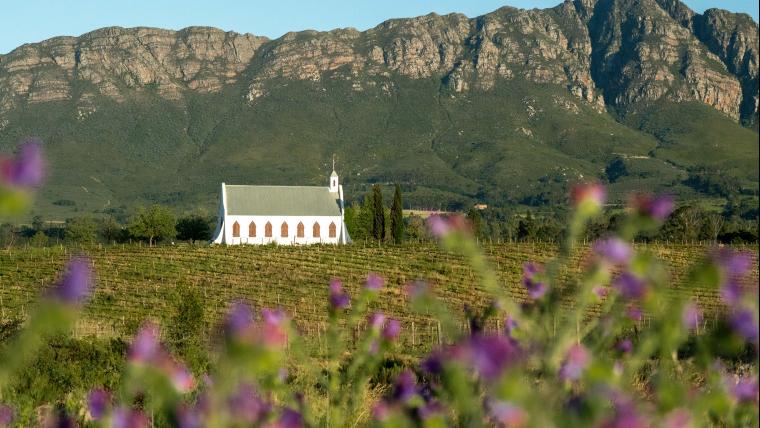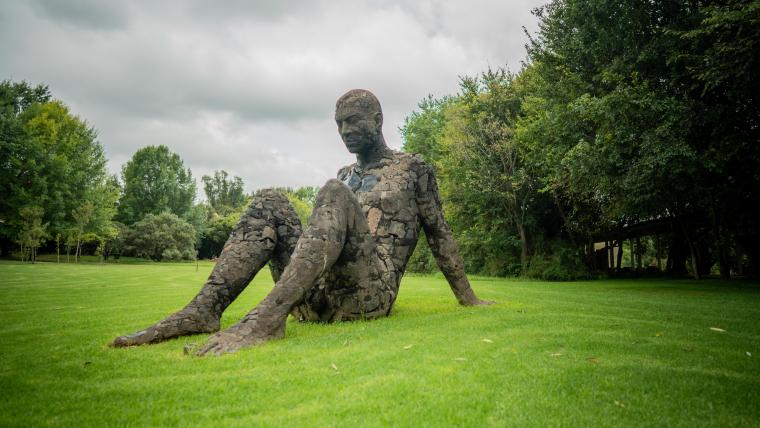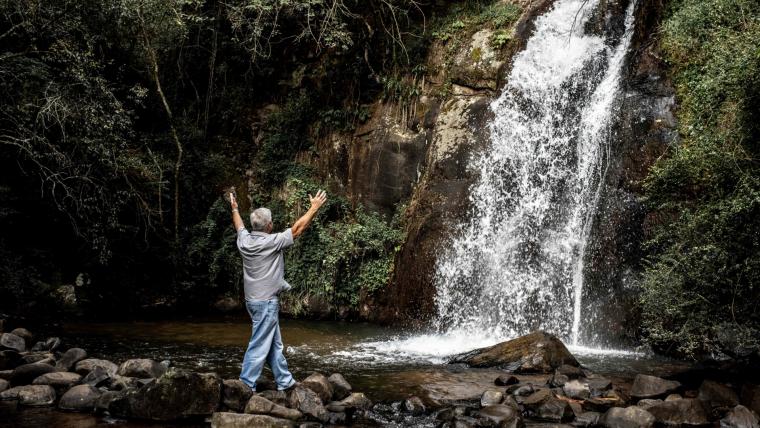
A historic journey through fields of wheat toward a valley of abundance
The close proximity of vineyards, mountains, and the sea make the Western Cape one of the most popular regions in South Africa. It’s dotted with well-known towns that encapsulate the word picturesque. Yet a lesser-travelled route is on the road from Riebeek Kasteel to Tulbagh.
Below the Kasteelberg mountains lies Riebeek Kasteel, revered for its wines and olive products. The annual Riebeek Valley Olive Festival attracts thousands to the region to savour the local goods, and once a month, artisans share an abundance of food and crafts at the Village Market.
Of course, you can’t travel to Riebeek Kasteel without stopping by the Royal Hotel. A longstanding icon of the town, its lengthy stoep is the idyllic place to put your feet up for a sundowner. But should you just be passing through, Eve’s Eatery and Café Felix offer delicious meals, while Beans About Coffee showcases flavours from across the world.
To discover more of this region, head out on the scenic R46 past rolling hills. At the town of Gouda, take a detour along the R44 to see the expansive wind farm which powers the towns in this area. Return to the R46, drive the Nuwekloof Pass, and meander beneath the Groot Winterhoek mountains all the way to Tulbagh.
Here, numerous Cape Dutch buildings line Church Street. After South Africa’s worst earthquake in 1969, many were damaged or lost completely. A major restoration project ensued to preserve Tulbagh’s heritage sites. Today, they’re open as restaurants or attractions such as the Christo Coetzee Gallery and Museum, which hosts the works of the late South African artist. At the scenic Church Street Kitchen Gardens, a variety of herbs, fruits, and vegetables are grown by the community, for the community. One avenue up, sift through a wealth of bric-a-brac and antiques or stop for a meal at Things I Love.
Half an hour apart, Riebeek Kasteel and Tulbagh are just two of the many small towns within the sprawling winelands. Both offer a taste of the history, food, art and architecture that make this region so iconic.






























Please sign in to leave a comment